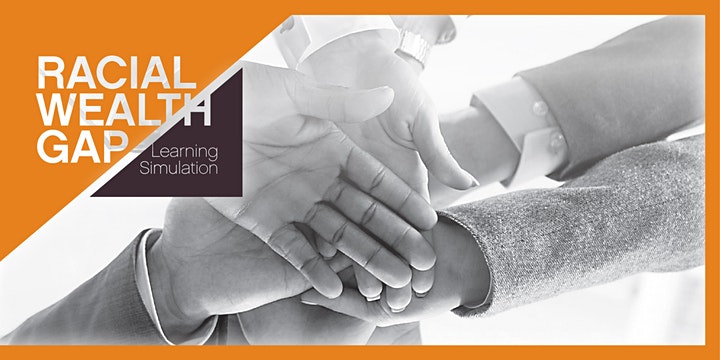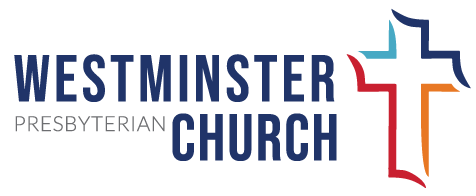
Sunday, February 6
2:30-4:30 p.m.
Fellowship Hall
Sign up here.
What is the Racial Wealth Gap?
We all know that Black families struggle financially more than White families. But without Googling it – just take a guess – what is the comparative median wealth of White families to Black? Maybe twice the wealth for White families? Maybe five times? You might be surprised to know that, according to the Pew Research Center, this ratio is about 13:1. As Christians whom Jesus calls to serve brothers and sisters in need, and as American patriots with a vision of fairness, we are alarmed by this.
So how did we get here?
It is the cumulative nature of wealth that gives rise to the growing gap across racial lines. Early in our country’s history, Black citizens could not vote. This excluded them from working within the system to shape fair financial policies. Most Blacks also were not permitted to own property. This left them behind while White families saw their wealth begin to accumulate through inheritance and increasing property values. These are just two of a dozen or so policies that worked to the benefit of White families, and much less so to Black families.
This is not about whether we can afford stylish clothing or an expensive car. The consequences of this wealth gap are much more far-reaching. They contribute to whether one can buy a home at all, let alone one in a strong school district. They help decide whether our children can afford a college education without wiping out our life’s savings. These are wealth questions. And where you own and if and where you go to college can move you ahead on the wealth ladder or push you off altogether. These and other questions shape our financial futures. And they are not linear effects but are multiplicative.
The Racial Wealth Gap Learning Simulation
At the very least, we need to know our history, and there are many pieces to this puzzle. Bread for the World, one of Westminster’s mission partners, has developed a Racial Wealth Gap Learning Simulation to help us begin to sort out how these gross inequities developed.
The simulation:
- Randomly assigns designation of Black or White to each participant.
- Examines 13 public policies beginning in 1865 and continuing until the present.
- Compares the effects of each of these policies on both Black and White families.
- Distills these into categories of land, money, and opportunities and tallies the changes for Black and White families through history.
Does this simulation reflect reality?
No model is perfect, and all models incorporate approximations. But a good model is useful in making predictions. This simulation produced a 13:1 ratio of White to Black wealth, which correlates well with the known data where median White wealth is about $141,000, compared to Black wealth of $11,000.
What to expect:
We’ll gather in Fellowship Hall where we’ll sit at tables in small groups. We’ll have simple refreshments while we share our thoughts about what we’ve learned and think together about how we might respond.
The Rev. Liddy Barlow of Christian Associates of Southwest Pennsylvania will lead us in what will be, at minimum, informative, and could strengthen our mission focus. And even for those of us who haven’t been in school for a while, it will be an engaging way to learn.
The event is free, but we need to know how many participants to expect. Please sign up here, indicating the number attending, whether you will need childcare, and the number and ages of the children. Masks and proof of COVID-19 vaccinations are required. Signup deadline is Thursday, February 3. Registration is limited to 60. Contact Bobbie Hartman with questions.
